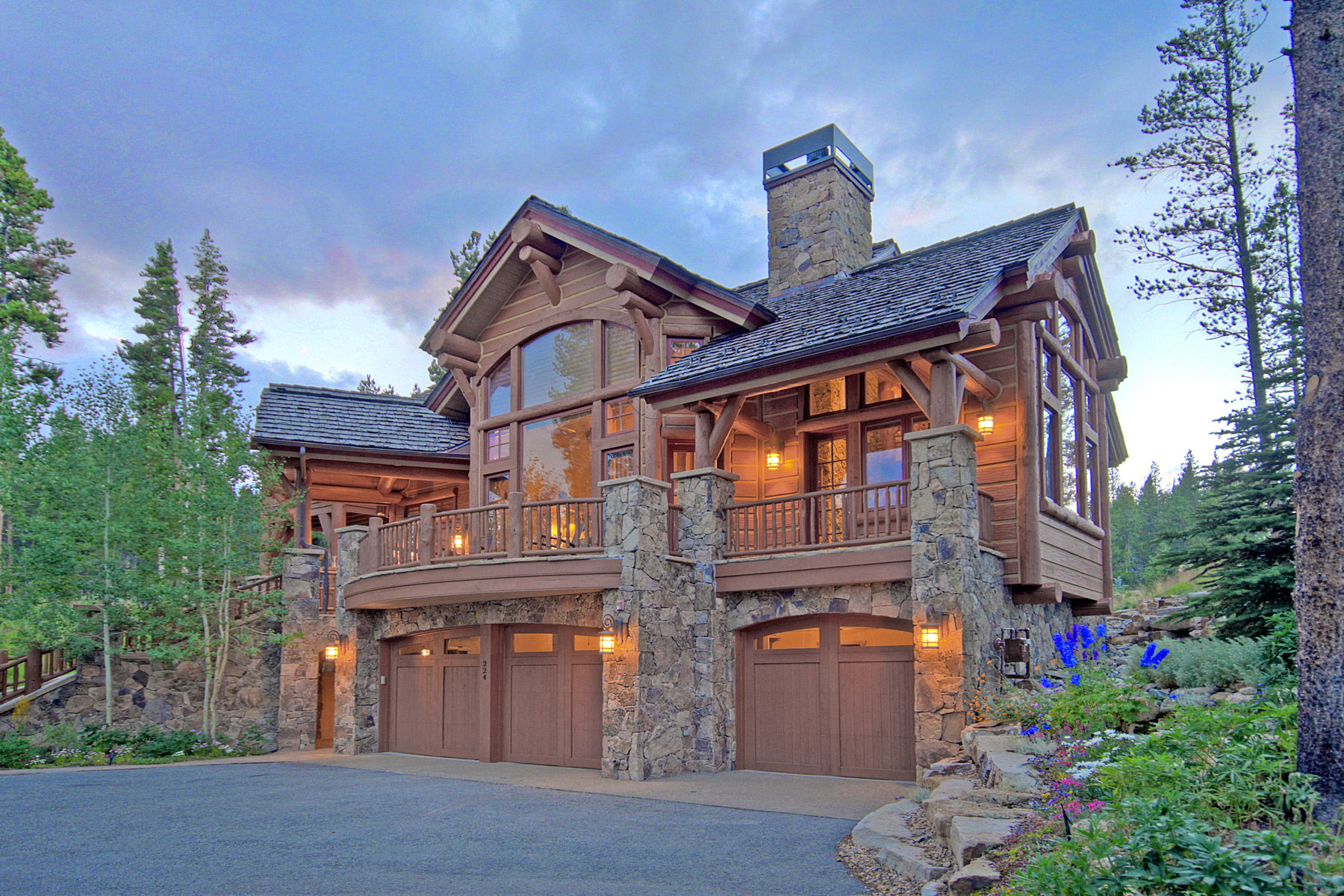Cheap Country Homes For Sale In Colorado – This leads to the accumulation of waste that ends up in landfills, contributing to pollution and the depletion of valuable resources. This sense of history and individuality is part of what makes second-hand shopping so appealing. The focus on longevity and reliability is what sets these goods apart from their mass-market counterparts. They are investments, not just purchases, and their value is often felt long after the original transaction has ended. With the rise of e-commerce, the accessibility of quality goods for sale has expanded exponentially. For those who enjoy the tactile experience of shopping and the sense of discovery that comes with it, thrift stores offer a personal and immersive way to shop for second-hand items. Social movements and grassroots organizations work tirelessly to provide resources and support to those who need it, often without expecting anything in return. An item’s worth can be subjective, influenced by the desires, needs, and circumstances of both the seller and the buyer. In this sense, quality is not just about prestige; it’s about making thoughtful choices that contribute to a more sustainable and rewarding lifestyle. When a person decides to sell something, they might weigh the pros and cons, debating whether it’s the right time or whether it’s really necessary to part with what they’ve had for so long. The idea that everything is for sale works to perpetuate inequality, as those with the most resources can continue to amass power and wealth, while others are left to scramble for what little they can get. In a circular economy, items are kept in use for as long as possible, reducing the need for new resources and minimizing environmental harm. Quality goods transcend trends and fleeting fads. A high-quality winter coat, for example, will keep you warm and dry through years of cold weather, offering comfort and protection that a cheaper, mass-produced coat cannot match. The first and most obvious reason is the tangible benefits they offer. One of the key defining features of quality goods for sale is their ability to stand the test of time. What was once limited to boutique shops or high-end department stores can now be purchased from the comfort of one’s home. Therapists offer their services for a fee, and online courses promise to give us the knowledge we need to succeed — all in exchange for money. Second-hand goods for sale have become an integral part of today’s economy, a trend that transcends geographic, economic, and cultural boundaries. The environmental benefits of buying second-hand goods go beyond just reducing the need for new production.

Log Cabin For Sale In Western Colorado With Acreage
Senior living · home refinance · home brewing

Five incredible homes for sale in Colorado with price tags from 5.2M
Senior living · home refinance · home brewing

3 Bewitching Colorado Mountain Cabins for Sale
Senior living · home refinance · home brewing

LOG CABIN IN CENTRAL COLORADO MOUNTAINS Mountain Property for Sale
Senior living · home refinance · home brewing

Log Cabin For Sale In Western Colorado With Acreage
Senior living · home refinance · home brewing

Rocky Mountain Log Home for Sale! Mountain Life & Home Of Colorado, LLC
Senior living · home refinance · home brewing

For Sale Ranch Style Home Parker Colorado Parker Colorado Real Estate
Senior living · home refinance · home brewing

WOW! Houses Amazing Homes For Sale Across Colorado Colorado Springs
Senior living · home refinance · home brewing

Log Cabin For Sale In Western Colorado With Acreage
Senior living · home refinance · home brewing

Log Cabin For Sale In Western Colorado With Acreage
Senior living · home refinance · home brewing
In conclusion, quality goods for sale represent the best that craftsmanship, design, and functionality have to offer. This has opened up new possibilities for people to find exactly what they’re looking for, whether it’s a specific brand of furniture or a limited edition item that was once sold out. They also have access to networks of potential buyers and sellers, which can help expedite the sale process and increase the chances of a successful transaction. Whether it’s a handmade leather bag, a vintage watch, or a luxury car, the term “quality” brings with it an expectation — an assurance that the item in question has been crafted with care, attention to detail, and materials that can stand the test of time. For sellers, the market for second-hand goods offers an opportunity to declutter their homes and make some extra money. The rise of online platforms dedicated to the sale of second-hand goods has also played a significant role in the growing popularity of pre-owned items. For when everything is for sale, it’s easy to forget that the most important things in life are not commodities; they are experiences, relationships, and moments of connection that cannot be measured in dollars and cents. The appeal of finding a hidden gem, something that has been cherished by someone else and is now available for a new owner, is a part of the allure of second-hand goods. For sellers, the challenge lies in pricing items fairly and accurately representing their condition. An item’s worth can be subjective, influenced by the desires, needs, and circumstances of both the seller and the buyer. It implies that there’s nothing off-limits, nothing beyond the reach of commerce. They become part of the story of the buyer and the creator, connecting people to a tradition of excellence, heritage, and care. In fact, there’s been a resurgence of interest in artisanal, locally-made products, especially in industries like fashion, home decor, and food. Whether buying or selling, the process requires careful consideration, transparent communication, and a thorough understanding of both the financial and operational aspects of the business. The perceived high cost of these items has led some to opt for cheaper alternatives. The car represents possibility, and when it changes hands, it takes on new significance, a new role in a different life. This subjective nature of value is what makes the “for sale” market so dynamic. Quality goods transcend trends and fleeting fads. Vintage items, antiques, and pre-loved goods often carry stories and histories that new products simply cannot replicate. Second-hand markets also promote the idea of a circular economy, an economic system that focuses on reducing waste and reusing products.
The world of second-hand goods for sale is vast and varied, encompassing everything from clothing, electronics, and furniture, to books, antiques, and collectibles. For example, an old wooden chair might be sanded down and refinished into a modern piece of furniture, or a vintage dress might be altered to fit a contemporary style. The act of selling a home is a deeply emotional process, and when it’s completed, there’s a sense of closure and anticipation for what comes next. The rise of minimalist living, which emphasizes owning fewer, more meaningful possessions, has played a role in this shift. This desire for items with character and a story behind them has contributed to the growing appeal of second-hand goods. It’s a moment of transition, and as with all transitions, it brings with it both excitement and uncertainty. For fashion-conscious individuals, buying second-hand is a way to express their personal style while also supporting sustainable practices. In this digital age, it often feels like there’s no such thing as privacy anymore, and that’s because we’ve essentially agreed to sell pieces of ourselves in exchange for recognition, affirmation, or even money. Additionally, trends in sustainability and eco-conscious living have contributed to the growth of the second-hand market, as consumers become more aware of the environmental impact of their purchasing decisions. It carries with it a deep sense of commodification — the idea that every part of our lives, every piece of our history, every corner of our existence, has a price attached to it. This is especially true in a world dominated by fast fashion, disposable electronics, and mass-produced products. These acts of generosity remind us that there are still things in life that cannot be bought, cannot be sold, and cannot be quantified. This shift in mindset has contributed to a growing acceptance and even celebration of second-hand shopping, making it a mainstream activity that is not just about saving money but about making more thoughtful and responsible choices. People are not just looking for things that work well; they want products that elevate their environment and their experiences. By choosing second-hand goods, consumers can help reduce waste, conserve resources, and lessen the demand for new production. An item’s worth can be subjective, influenced by the desires, needs, and circumstances of both the seller and the buyer. Many quality goods are made by artisans or small businesses who take the time to create products that reflect their expertise and passion. While some people may be hesitant to purchase pre-owned electronics due to concerns about quality or reliability, the second-hand market for electronics has become increasingly trustworthy. Additionally, second-hand furniture allows buyers to find unique items that may not be available in traditional furniture stores. Most new items, particularly electronics, are designed with built-in obsolescence.